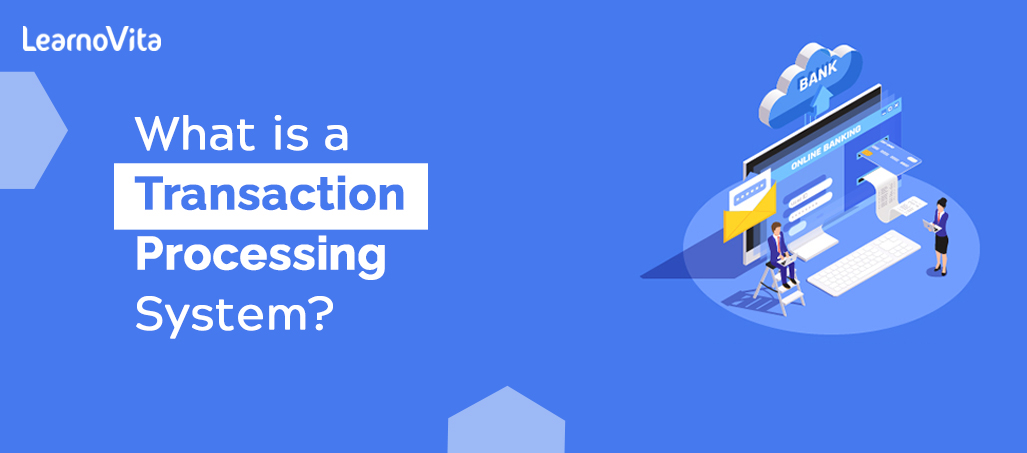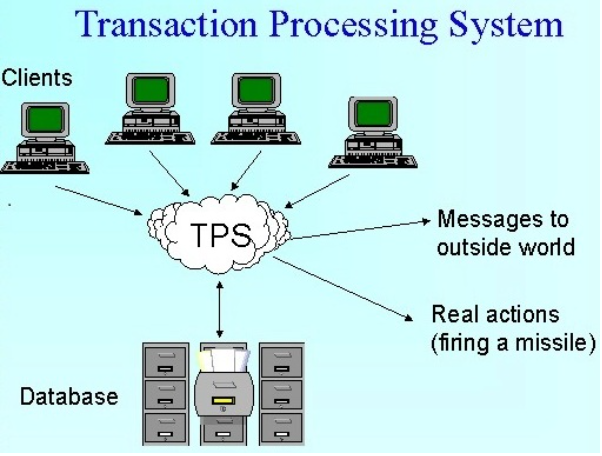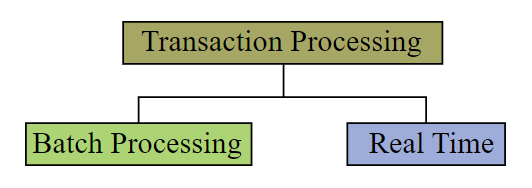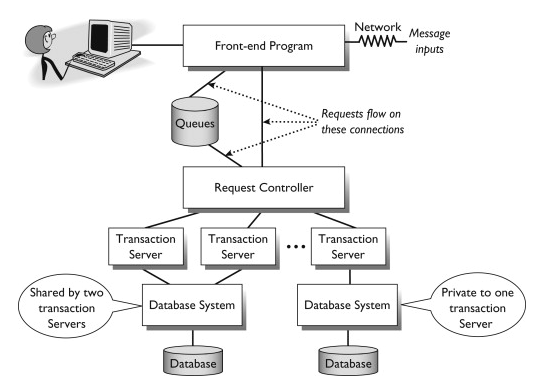- What does the Yield keyword do and How to use Yield in python ? [ OverView ]
- Sorting data in MongoDB ? : A Complete Guide For Beginners [ OverView ]
- What are Data Modelling tools? : The Ultimate Guide
- SQL Server Certification 2016 | A Definitive Guide
- What is Database Administration | Database Management Essentials | A Complete Guide For Beginners
- What is MongoDB and its Queries | All you need to know [ OverView ]
- What is Database Management | Benefits of DBMS | Expert’s Top Picks
- MongoDB Vs MySQL | Know Their Differences and Which Should You Learn?
- MongoDB vs DynamoDB | Know Their Differences and Which Should You Learn?
- MongoDB vs PostgreSQL | Know Their Differences and Which Should You Learn?
- What is a Database? : A Complete Guide with Best Practices
- What is Data Modelling? : All you need to know [ OverView ]
- A Complete Guide on SQL Optimization Techniques
- What is MongoDB Port? : Free Guide Tutorial & REAL-TIME Examples
- What is MongoDB? : A Complete Guide with Best Practices
- What is a Transaction Processing System? REAL-TIME Examples
- MongoDB Commands Cheat Sheet
- How To Become a Data Modeler?
- How To Start a Career in Database Administration?
- Types Of SQL Indexes
- DBMS vs RDBMS vs NoSQL
- Cassandra Vs MongoDB
- Different types of Joins in SQL Server
- What is SSRS?
- Schema in SQL
- What does the Yield keyword do and How to use Yield in python ? [ OverView ]
- Sorting data in MongoDB ? : A Complete Guide For Beginners [ OverView ]
- What are Data Modelling tools? : The Ultimate Guide
- SQL Server Certification 2016 | A Definitive Guide
- What is Database Administration | Database Management Essentials | A Complete Guide For Beginners
- What is MongoDB and its Queries | All you need to know [ OverView ]
- What is Database Management | Benefits of DBMS | Expert’s Top Picks
- MongoDB Vs MySQL | Know Their Differences and Which Should You Learn?
- MongoDB vs DynamoDB | Know Their Differences and Which Should You Learn?
- MongoDB vs PostgreSQL | Know Their Differences and Which Should You Learn?
- What is a Database? : A Complete Guide with Best Practices
- What is Data Modelling? : All you need to know [ OverView ]
- A Complete Guide on SQL Optimization Techniques
- What is MongoDB Port? : Free Guide Tutorial & REAL-TIME Examples
- What is MongoDB? : A Complete Guide with Best Practices
- What is a Transaction Processing System? REAL-TIME Examples
- MongoDB Commands Cheat Sheet
- How To Become a Data Modeler?
- How To Start a Career in Database Administration?
- Types Of SQL Indexes
- DBMS vs RDBMS vs NoSQL
- Cassandra Vs MongoDB
- Different types of Joins in SQL Server
- What is SSRS?
- Schema in SQL

What is a Transaction Processing System? REAL-TIME Examples
Last updated on 27th Oct 2022, Artciles, Blog, Database
- In this article you will learn:
- 1.Introduction to dock worker Alternatives
- 2.Popular dock worker Alternatives
- 3.LXC UNIX operating system instrumentation of dock worker alternatives
- 4.Pre-requisites of laborer Ubuntu
- 5.Docker Installation method on Ubuntu (Method 1)
- 6.Install laborer from Official Repository (Method 2)
- 7.Running dock worker pictures and substantiating the method
- 8.Conclusion
Introduction
A Transaction Processing System is a type of communication system that stores, modifies, and retrieves industrial data. Transaction processing systems also attempt to provide predictable response times to submissions, although this is less crucial than in real-time situations.
What is the transaction processing system?

- It is an information processing system that records and processes each and every transaction within the organization. These transactions include all operations that cause the retrieval of all transactions, such as collection, retrieval, and modification. A transaction processing system is extremely trustworthy, consistent, and effective. Real-time processing systems are another name for transaction processing systems.
- Batch processing is frequently compared to transaction processing. These two processing systems are very different in how fast they work, how they work, and how accurate the events are.
- Due to the fact that a TPS is a real-time processing system, all events and transactions that occur within the organization or through the system are processed instantly and without delay. One of the most commonly used technologies in online transactions is the Online Transaction Processing System (OLTP).
Transaction Processing System Importance
1. Handling and Managing Operations
TPS is an excellent technique for handling and controlling an organization’s daily operations. It lets you do more things at once because it can handle thousands of transactions at once without slowing down or breaking down.
2. Exploiting Raw Markets
TPS is a crucial tool for all businesses since it enables enterprises to function remotely in various areas of society. This capability enables organizations to enter, thrive, and expand in new areas that are ripe with opportunity.
Different Transaction Processing System Types?
Essentially, there are two types of transaction processing:

1. Batch Procedures
As suggested by its name, transaction processing occurs in batches. These batches can be tailored to the needs of the company. For instance, a business may choose to process the payroll of its employees weekly or bi-weekly, in which case the batches of employee paychecks will be handled over the course of one and two weeks, respectively. Typically, there is a delay in this type of processing.
2 Real-time Processors
Under real-time processing, each and every transaction is executed immediately. The system for real-time processing has no lag time.
Why is a transaction processing system used?
Transaction processing systems provide the processing function.Processing systems supply the following services:
Time management system operations
Performance processing systems offer an environment that guarantees the data’s integrity, availability, and security. Additionally, they ensure speedier reaction times and enhanced performance.
System administration functions
Activity processing systems provide administrative support for configuring, monitoring, and managing transaction systems.
Application development activities
Performance processing systems offer capabilities for use in custom business applications, such as data access activities, computer communications, and user interaction management.
What are the most important characteristics of a transaction processing system?
A transaction processing system includes the following characteristics:
1. Reliability
One of the greatest benefits of utilizing a transaction processing system is that it is a highly dependable system that organizes and processes an organization’s crucial transactions. Since the TPS is entirely dependent on the revenue system, it is essential for the smooth operation of any firm.
2. Fast Response
Speed and precision are the most distinguishing characteristics between a real-time processing system and a batch processing system. Your consumers do not have to wait for their transactions to be processed if your response time is quick.
3. Comparable Structure and Integrity
Certain components of the TPS must remain intact in order for it to function as intended. To ensure that the processing system functions identically for every organization at all times, the structure must remain intact.
4. Authorized Management
A good and optimal TPS restricts processing activities to authorized people at all times. Due to recent developments, current versions permit authorized people to access the system from a remote location, but only after passing rigorous security tests.
5. User-friendliness
A successful TPS must be intuitive and user-friendly to encourage higher adoption. In addition to minimizing data entry and processing errors, a user-friendly TPS would assure minimum data entry and processing inaccuracies.
Transaction Processing System Benefits and Drawbacks
TPS has many advantages
- It is a very efficient and cost-effective solution for any organization’s revenue-related processes.
- It operates on the basis of a very stable and dependable database that stores and displays information as and when requested without the risk of data loss.
- It enables a rapid recovery from any operational fault, resulting in minimal transaction processing delays.
- It enables remote operation, so granting businesses who wish to expand globally the ability to operate independently.
- It can be utilized in both real-time and batch processing modes.
Disadvantages of adopting TPS
- Every firm has unique requirements that must be addressed individually. This necessitates the development of a unique solution for each organization with specific needs.
- Although it is a cost-effective solution, the setup and installation costs can be relatively significant.
- Even with a highly complex system, you may require a big number of workers for data entry, inventory management, etc.
- Even though TPS is designed to handle large amounts of data and tasks, an overload may cause the system to crash.
- TPS software requires a precise configuration of the hardware in order to function properly.
Transaction Processing System Trends:

- TPS is a company’s most valuable asset because it undergoes uniform, accurate processing. It entails the collection, processing, and retrieval of all transactional data used for company activities.
- TPS contains systems for billing, payroll, and inventory management. They assist business-level personnel. TPS is recognised for its exceptional performance, consistency, and dependability. Additionally known as real-time operation and real-time operation.
Conclusion
Utilization of the Transaction Processing System has transformed global business practises. The complex and deftly developed operations of this information technology have simplified the revenue management system for all businesses. Learning the design and coding of Transaction Processing System can provide aspiring technologists with numerous opportunities. To learn more about TPS, please contact us in the section below.